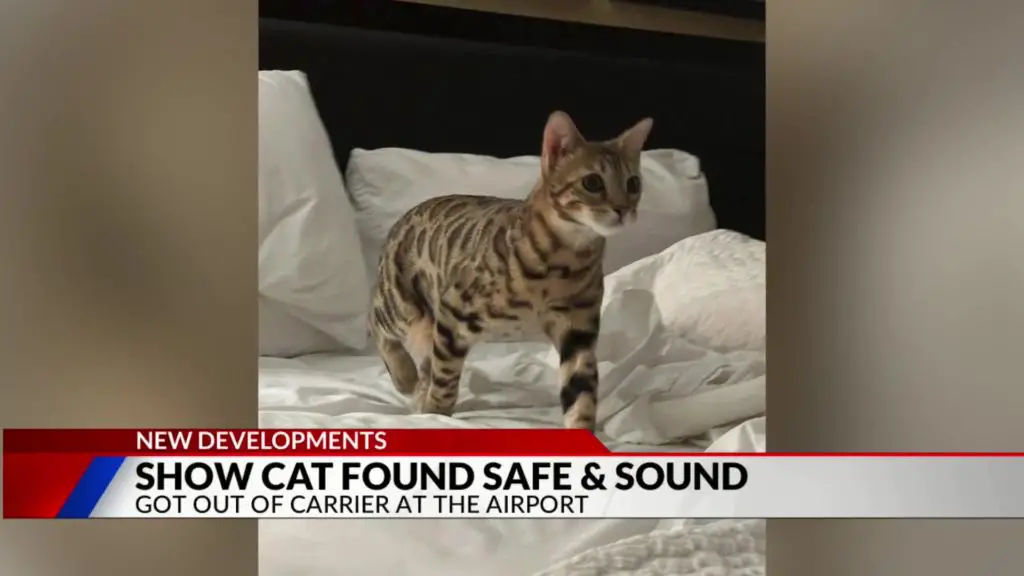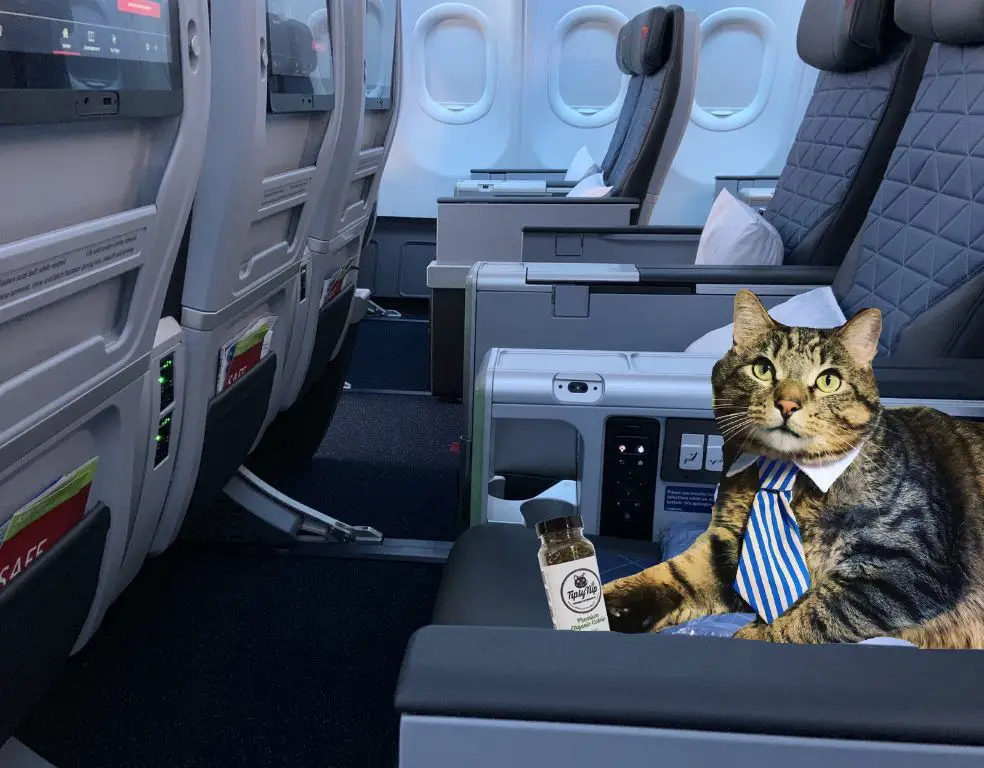What is a Cat X Airport?
A Category X (Cat X) airport is an airport that has specific security requirements mandated by the Transportation Security Administration (TSA) due to the potential terrorism risks associated with its operations. Cat X airports allow operation of aircraft over 12,500 pounds maximum takeoff weight or with passenger seating configurations of 61 or more (SSKies, 2022).
The TSA designates airports into risk categories based on factors like the size of aircraft serviced, number of enplanements, and presence of international flights. Cat X airports have the strictest security requirements due to the risks associated with larger aircraft and higher passenger volumes. Some of the additional security requirements for Cat X airports include conducting fingerprint-based criminal history records checks for all airport and airline employees, establishing secured and SIDA areas, and undergoing annual TSA inspections (SSKies, 2022).

In summary, a Cat X airport has enhanced security measures mandated by the TSA to mitigate risks associated with serving larger aircraft and higher passenger volumes.
History of Cat X Airports
Cat X airports were first designated by the Federal Aviation Administration (FAA) in the early 1980s as part of an effort to improve aviation safety. The FAA created airport categories based on the size of aircraft and type of operations at each airport.
Cat X refers to commercial service airports with over 100,000 annual passenger boarding’s and service from aircraft up to and including the Boeing 767 class. Cat X airports are required to have advanced navigation aids, weather reporting systems, rescue and firefighting services and at least one precision instrument approach procedure.
The FAA established the Cat X designation to ensure these busier commercial airports had adequate infrastructure and safety measures in place. The “X” stands for the Roman numeral 10, indicating it is the highest airport category. According to Wikipedia, there are nearly 60 Cat X airports in the United States today.
Cat X Airport Locations
Cat X airports are located around the world at international transit hubs and busy domestic airports. The requirements for Cat X designation relate to passenger volume and airport infrastructure, so Cat X airports tend to be major international airports that handle significant passenger traffic.

In the United States, some of the most notable Cat X airports include:
Hartsfield–Jackson Atlanta International Airport,
Los Angeles International Airport,
Chicago O’Hare International Airport, Dallas/Fort Worth International Airport, and John F. Kennedy International Airport in New York.
Major Cat X airports outside of the US include London Heathrow Airport, Dubai International Airport, Beijing Capital International Airport, Tokyo Haneda Airport, Paris Charles de Gaulle Airport, and Frankfurt Airport.
In total there are around 100 Cat X airports globally that meet the infrastructure and capacity requirements to handle significant passenger volume and international traffic. These airports have high security requirements and work closely with government agencies to maintain safety.

Cat X Airport Runway Requirements
Cat X airports have strict runway requirements in order to accommodate the types of aircraft that utilize them. According to FAA regulations, Cat X airport runways must meet the following standards:
Runway Length – The minimum runway length for a Cat X airport is 4,200 feet. This provides enough room for takeoff and landing of larger transport category aircraft.
Runway Width – Runways must be at least 150 feet wide to handle the wingspan of Cat X aircraft. Some larger Cat X airports may have runways over 200 feet wide.
Runway Surface – The runway must be paved with concrete or asphalt. It must also have grooved surfaces for water drainage and to provide friction.
Runway Strength – The runway must be constructed to handle aircraft weights up to 170,000 pounds for single-wheel gear and 300,000 pounds for dual-wheel gear.
Runway Lighting – High intensity runway lights are required. These are spaced at intervals of 200 feet or less along the runway edges [1].
Runway Markings – Standard runway markings include centerline stripes, threshold markings, aiming point markings, and touchdown zone markings.
Cat X Airport Navigation Aids
Cat X airports rely heavily on navigation aids to assist pilots, especially during inclement weather when visibility is low. Some of the key navigation aids found at Cat X airports include:
Instrument Approaches – Cat X airports have published instrument approach procedures to allow aircraft to land in low visibility. Common approaches are ILS, LOC, LDA, SDF, RNAV, and GLS (Navigational Aid Systems).
Lighting – Runway, taxiway, approach, and obstruction lighting provides visual guidance to pilots in darkness or low visibility. Many Cat X airports have approach lighting systems like ALSF-1, ALSF-2, SSALR, MALSR, and PAPI (Appendix C).
Other NAVAIDs – VOR, NDB, DME, and ILS/LOC provide lateral, vertical, and distance guidance. Radar aids like ASR and PAR support air traffic control (FAA).
Precision navigation aids like ILS are critical for Cat X ops allowing approaches in very low visibility down to CAT III minima.
Weather Minima for Cat X Airports
Cat X airports have more stringent weather minimums than other airports due to the lack of ground-based navigation aids. For an approach to a Cat X airport, the required visibility minimums vary depending on the aircraft equipment and approach type, but generally range from 1-1/4 miles to 2 miles.
For landing, the visibility minimums also depend on the aircraft equipment. According to 14 CFR §121.652, pilots operating under Part 121 rules must have at least 1 mile flight visibility to land at a Cat X airport unless they have enhanced flight vision systems (EFVS). With an EFVS, the visibility minimum is 1/2 mile (14 CFR §121.652).
The ceiling minimums are also more restrictive at Cat X airports. The required ceiling is typically 200-400 feet above the airport elevation. For example, if a Cat X airport has an elevation of 5000 feet MSL, the ceiling minimum would be 5200-5400 feet MSL. This provides adequate obstacle clearance on approach and landing.
Aircraft Approved for Cat X Operations

Only certain aircraft types with advanced avionics and capabilities are certified to conduct Category X instrument approaches and landings. This is due to the demanding nature of Cat X operations, which require sophisticated flight control systems and enhanced pilot visibility.
Most modern jet airliners, including the Boeing 737, 777, 787, and Airbus A320 family, are approved for Cat X operations once specially equipped. Their digital flight controls, flight management systems, and heads-up displays allow pilots to navigate the tight tolerances of a Cat X approach.
Many business jets are also certified for Cat X ops when properly outfitted, like the Bombardier Challenger 300 and Gulfstream G650. Turboprop airliners such as the ATR 72 and Q400 can also conduct Cat X approaches when meeting certification standards.
Small piston aircraft, helicopters, and older generation jets are generally prohibited from Cat X procedures due to inadequate cockpit visibility, analog flight controls, or lack of precision navigation capabilities required for the demanding Cat X criteria (source: https://www.insider.com/guides/pets/best-airline-cat-carrier).
As navigation and flight control technologies continue advancing, more aircraft types will likely become approved for Category X in the future.
Cat X Airport Challenges
Cat X airports present a number of challenges for pilots and operators. The most significant issues include:
Difficult terrain and surrounding environment. Many Cat X airports are located in mountainous regions or areas with high terrain, which requires special techniques and procedures for approach and landing. Pilots must be intimately familiar with the airport environment (cite GAO report).
Limited navigation aids and approach procedures. Unlike larger commercial airports, Cat X airports have minimal navigation aids. Pilots must be able to fly non-precision approaches with limited guidance. Procedures are less standardized compared to precision approaches at major airports (cite GAO report).
Weather challenges. The mountainous terrain often produces rapidly changing weather conditions, resulting in low ceilings, reduced visibility, turbulence and strong winds. Pilots must be proficient at assessing weather and have experience flying in marginal conditions.
Lack of published obstacle data. Detailed survey data on obstacles and terrain may not be available for Cat X airports. Pilots must exercise extra caution and have strong situational awareness.
Minimal ground infrastructure. Most Cat X airports have short runways, minimal taxiways, and lack sophisticated air traffic control facilities. This places extra demands on pilots for taxiing, navigating, and maintaining separation.
With proper training and experience, pilots can safely operate into Cat X airports. But the challenges require proficiency, planning, and prudence to manage the higher risks involved compared to major commercial airports.
Notable Cat X Airport Incidents
Cat X airports present unique challenges due to their short runways and limited navigation aids. This has resulted in a number of notable incidents and accidents over the years:
In March 2023, a pet owner accidentally sent their cat through an X-ray machine at the airport security checkpoint in Norfolk, Virginia. The cat had been left inside its carrier bag when going through screening (Source). The owner realized the mistake afterward and immediately retrieved the cat, which was unharmed. This highlights the need for diligence when traveling with pets through Cat X airports.
According to the FAA, runway incursions are incidents involving incorrect presence of an aircraft, vehicle or person on the protected area of a surface designated for aircraft takeoff and landing. Category A incidents are the most serious, in which a collision was narrowly avoided (Source). The unique constraints of Cat X airports can increase the risks of these types of dangerous incidents.
Future of Cat X Airports
The future of Cat X airports looks bright as new technologies emerge to improve security and operations. One major development is the rollout of advanced biometric authentication through TSA’s Credential Authentication Technology (CAT) program. As reported by The Hill, CAT-2 will utilize facial recognition as the primary form of identification verification at security checkpoints (Source). This is expected to speed up screening while enhancing security.
The TSA plans to continue deploying CAT technology to smaller regional airports in the coming years after completing larger Cat X and Category I airports in 2022 (Source). As technology improves, more airports may be reclassified from Cat X to Category I, allowing them to accommodate larger aircraft. However, some Cat X airports will remain due to short runways or remote locations. The future focus will be leveraging tech to maximize safety and efficiency.

